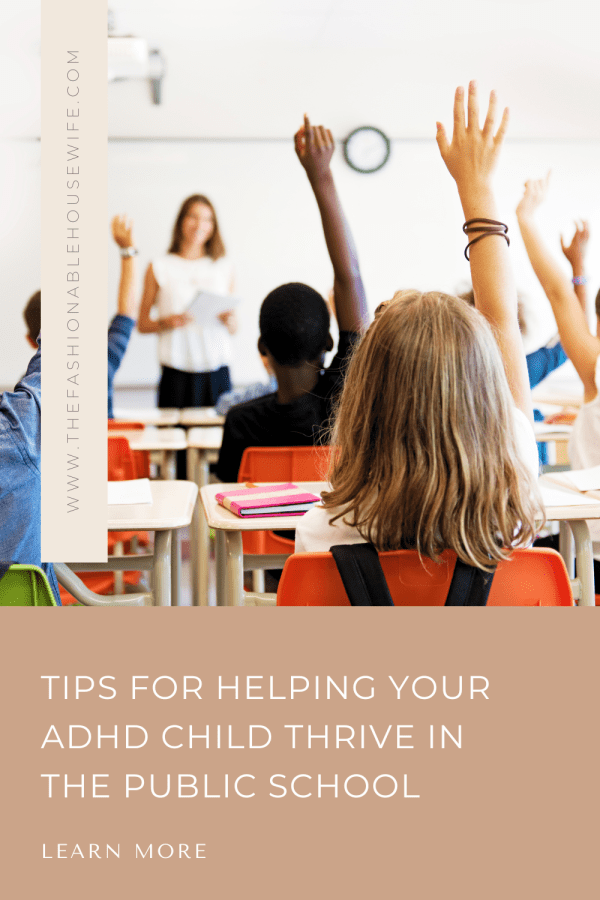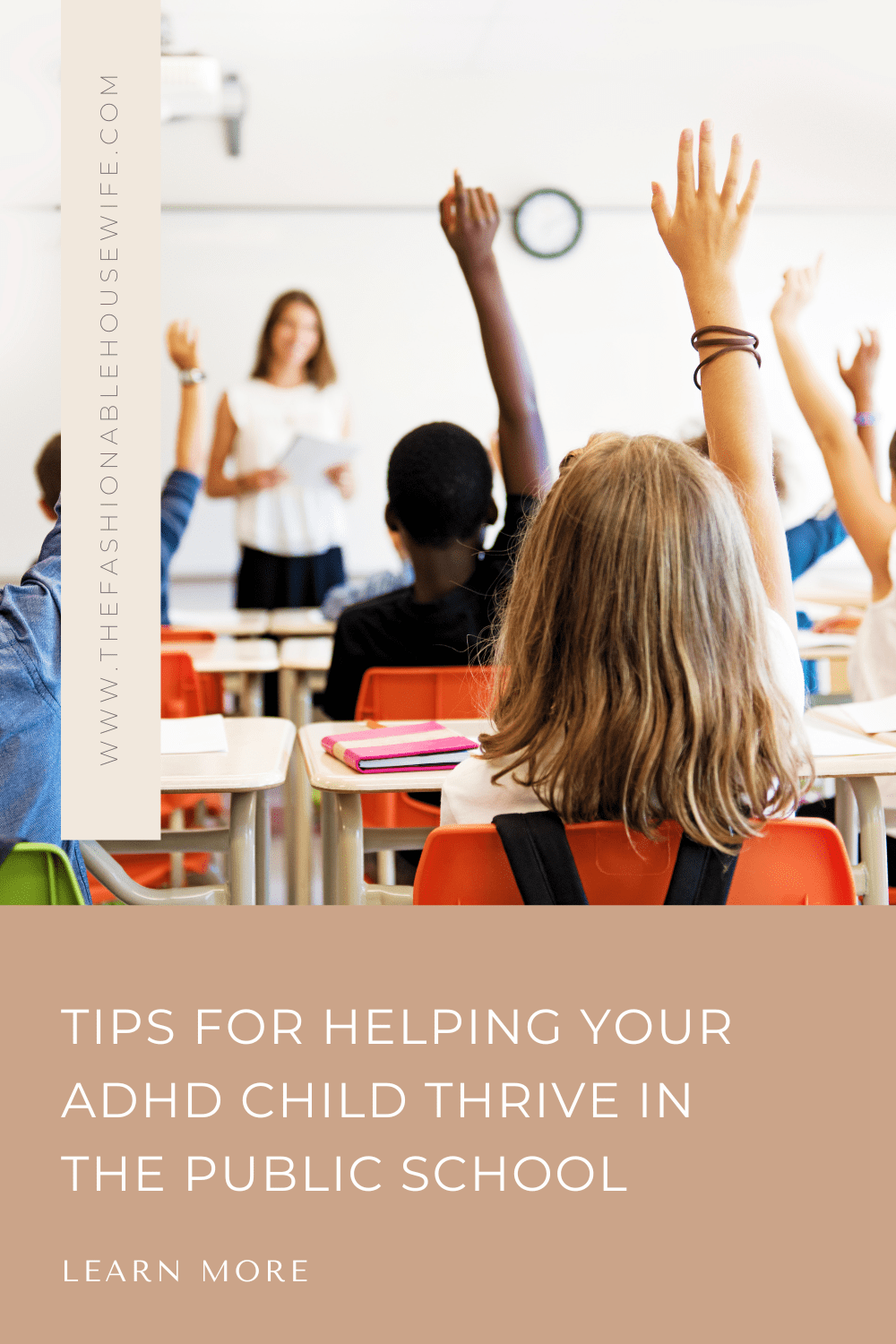Tips for Helping Your ADHD Child Thrive in School

Raising a child with Attention Deficit Hyperactivity Disorder (ADHD) comes with unique challenges, especially when it comes to education. School can often be a complex environment for children with ADHD, as they may struggle with inattention, impulsivity, and hyperactivity. However, with the right support and strategies, your child can not only navigate the academic landscape but also excel. Keep reading to explore practical tips for helping your child with ADHD succeed in the classroom and beyond.
Understanding ADHD and Its Impact on Learning
ADHD affects a child’s ability to maintain focus, control impulses, and regulate activity level. These core symptoms can significantly disrupt learning processes, making traditional educational environments challenging. It’s crucial for parents to comprehend the neurological basis of ADHD, which can inform their approach to support and advocacy.
Children with ADHD may experience difficulty following instructions, staying organized, and completing tasks, which can hinder their academic progression. Recognizing that these behaviors are not due to defiance or a lack of intelligence is pivotal for fostering a nurturing educational approach. Instead, they reflect the functional impairments associated with ADHD that require tailored interventions.
If your child is interested in pursuing higher education, they can look into scholarships for high school students. And with your assistance, together, you can create a plan to ensure academic achievement.
Reading about resources, such as those found at an ADHD Clinic for children, can offer invaluable insights into managing ADHD symptoms. Such collaborations can lead to a comprehensive understanding of your child’s specific needs and how they can best be met in a school setting.
Establishing Consistent Routines at Home and School

Consistency provides a stable foundation for children with ADHD. Establishing structured routines at home can significantly reduce your child’s stress and improve their ability to function in a learning environment. Start by creating a daily schedule that includes regular times for homework, meals, and relaxation.
Collaborating with your child’s school to mirror these routines can further reinforce habits and expectations. Consistent classroom schedules and clear rules help create predictability, reducing anxiety and confusion for the child. Effectively communicating with teachers about the home routine is pivotal for ensuring cohesion between school and home environments.
At home, visuals can be especially helpful for children with ADHD who thrive with concrete cues. Simple charts or boards that outline the day’s activities, along with a checklist for homework and chores, foster a sense of control and encourage independence in managing tasks.
Collaborating with Teachers for ADHD-Friendly Classroom Strategies
Teacher involvement is essential in creating an ADHD-friendly learning environment. Open communication between parents and teachers can lead to strategies that allow children with ADHD to thrive. This can include preferential seating, tailored instructions, and the incorporation of breaks to manage energy levels.
Teachers can employ various techniques, such as breaking down tasks into smaller, more manageable steps or providing hands-on learning opportunities. Such adjustments are imperative in ensuring your child remains engaged and does not become overwhelmed by the demands of the classroom.
Enhancing Focus and Attention Through Organizational Tools

For children with ADHD, organizational tools can be invaluable aids in improving focus and attention. Leveraging specific tools can help compartmentalize tasks and reduce the feeling of being overwhelmed, a common scenario for these students. Some tools include planners, electronic reminders, and mobile applications designed for time management.
At home, designate a quiet workspace free from distractions, where your child can concentrate on homework. This space should have all the necessary supplies at hand, minimizing the need to get up and risk losing focus. The simpler it is to begin a task, the more likely your child will engage with it.
Schools can parallel this approach by providing clear and accessible areas where ADHD students can find additional resources they might need throughout the day.
Overall, supporting a child with ADHD in their educational journey requires an understanding, structured, and collaborative approach between parents and schools.

